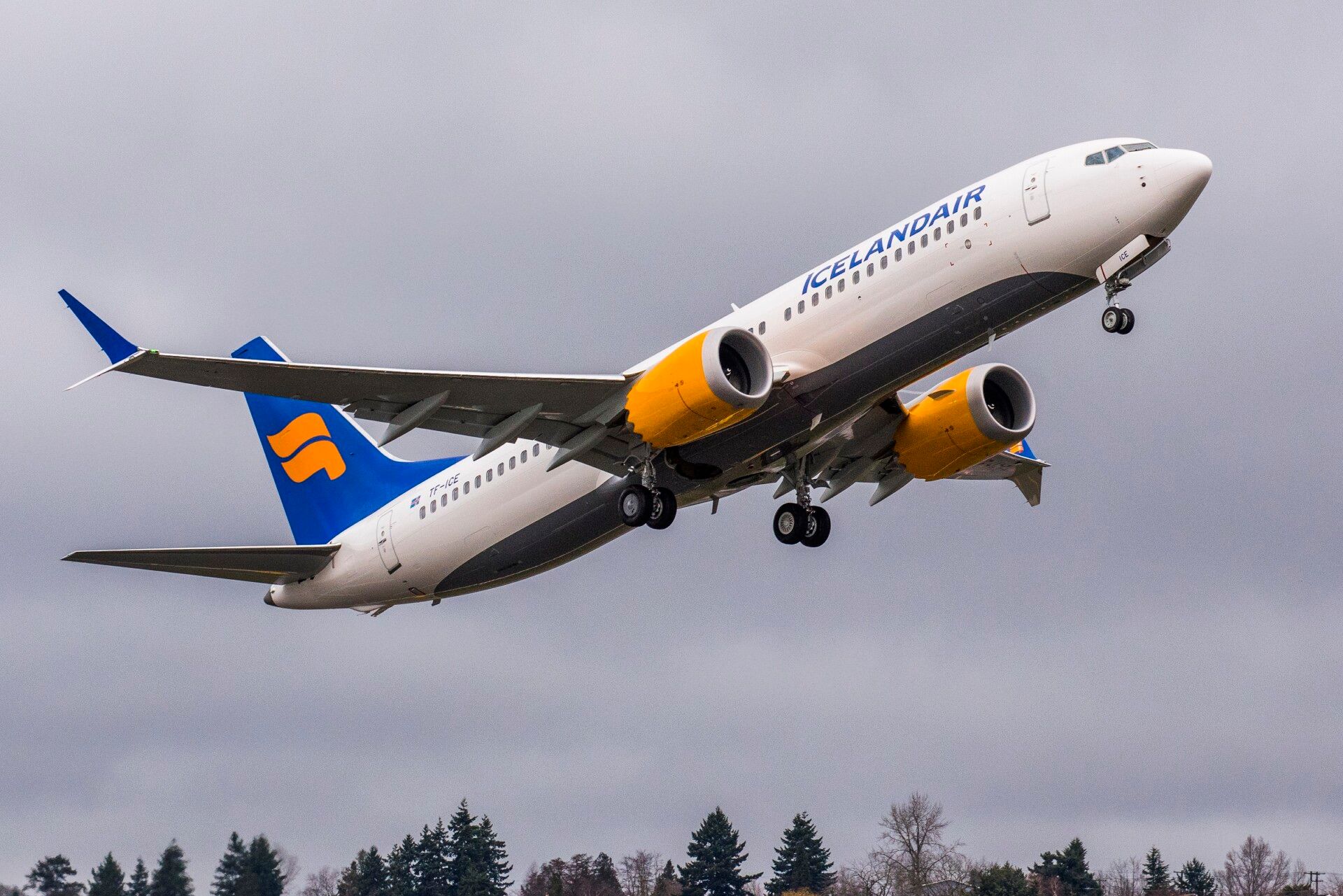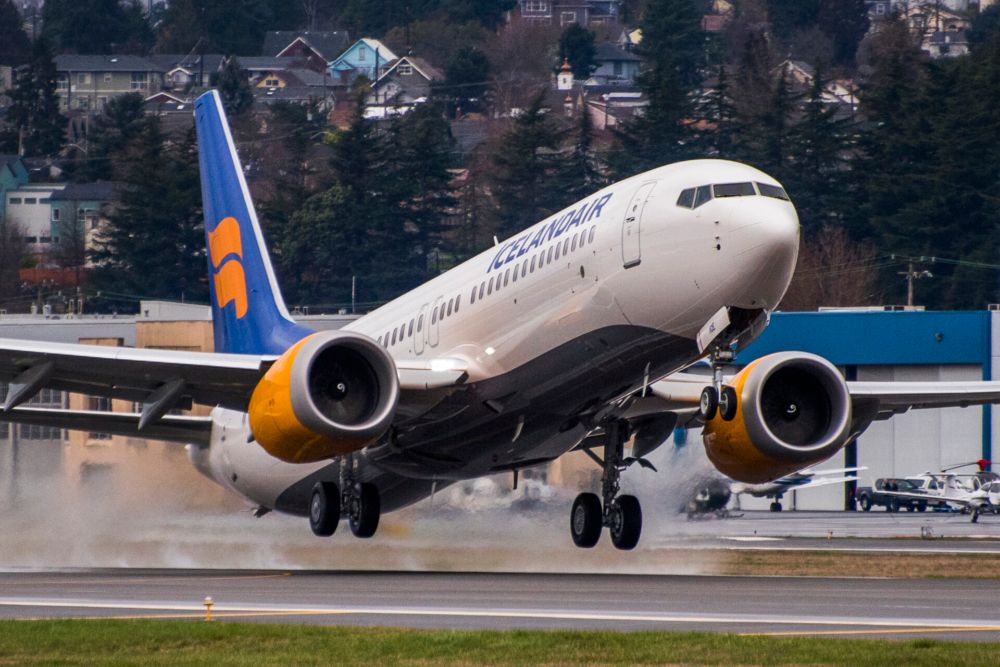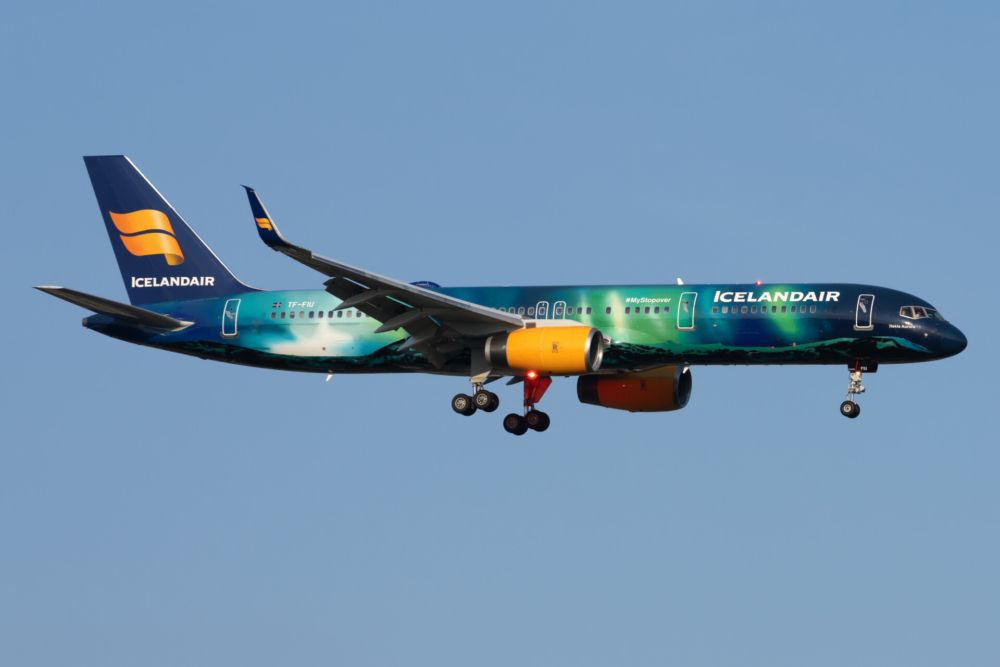Icelandair is set to deploy its new Boeing 737 MAX 8 series aircraft on a new long-haul route next month. The next-generation narrowbodies will begin making eight-hour trips to Portland, Oregon from the Icelandic flag carrier's Reykjavík–Keflavík hub. Let's take a look at the nature of these services, and the aircraft that the MAX will replace on them.
Portland bound
Icelandair's booking website is now showing that, as of October 9th, the Boeing 737 MAX 8 will operate its direct services between Reykjavík–Keflavík (KEF) and Portland International (PDX). As Simple Flying explored in a recent article, Icelandair has already been deploying the MAX to nearby Seattle, as well as other US destinations like Chicago and Newark.
In March, Portland was set to be Icelandair's second-least frequently served US destination in the summer months, with three weekly rotations. Only Orlando, with two, was lower. However, this has now dropped to twice-weekly. From Saturday, October 9th, it will fly these using its modern Boeing 737 MAX 8 aircraft. The full schedule is as follows:
- FI665 - Reykjavík–Keflavík 16:50 - Portland International 17:50 (eight hours), Monday and Saturday.
- FI664 - Portland International 15:35 - Reykjavík–Keflavík 06:05 +1 (seven hours and 30 minutes), Tuesday and Sunday.
Replacing the 757
The aircraft that the Boeing 737 MAX 8 will replace on these flights to the west of the US is another Boeing twin-engine narrowbody, namely the 757-200. The so-called 'Flying Pencil' has been a staple of Icelandair's European and transatlantic routes for many years.
However, these classic aircraft are also the oldest of Icelandair's passenger-carrying jets. According to data from ch-aviation.com, its 16 757-200s have an average age of 24.3 years old. As such, the Icelandic flag carrier has begun to consider their future.
This equipment change is a sign of the times in terms of the future of the 757. While it has been a loyal servant to Icelandair, its days are numbered. The airline's CEO, Bogi Nils Bogason, stated earlier this month: "We are reviewing our long-term strategy for which aircraft will replace the 757. (...) The plan is to conclude this work before the end of this year."
Stay informed: Sign up for our daily and weekly aviation news digests.
Icelandair's MAX fleet
In terms of capacity, Icelandair will lose out slightly with this equipment change. According to SeatGuru, its MAX 8s have 160 seats (144 economy and 16 'Saga' business class). Meanwhile, the 757-200 can seat 171 passengers (151 economy and 20 business). Nonetheless, they represent a more efficient and modern solution going forward.
Indeed, data from ch-aviation shows that Icelandair's MAX 8s are just 3.1 years old on average. It has six of these next-generation narrowbodies in its fleet, of which five are currently active. The Icelandic flag carrier also has a further two on order. It also has three examples of the larger MAX 9 (plus one on order), which clock in at 2.6 years old on average.
Simple Flying has reached out to Icelandair for additional information regarding this equipment change. We shall add any further details upon receiving them.
What do you make of this upcoming equipment change? Have you ever flown on one of Icelandair's Boeing 737 MAX aircraft? Let us know your thoughts and experiences in the comments.



